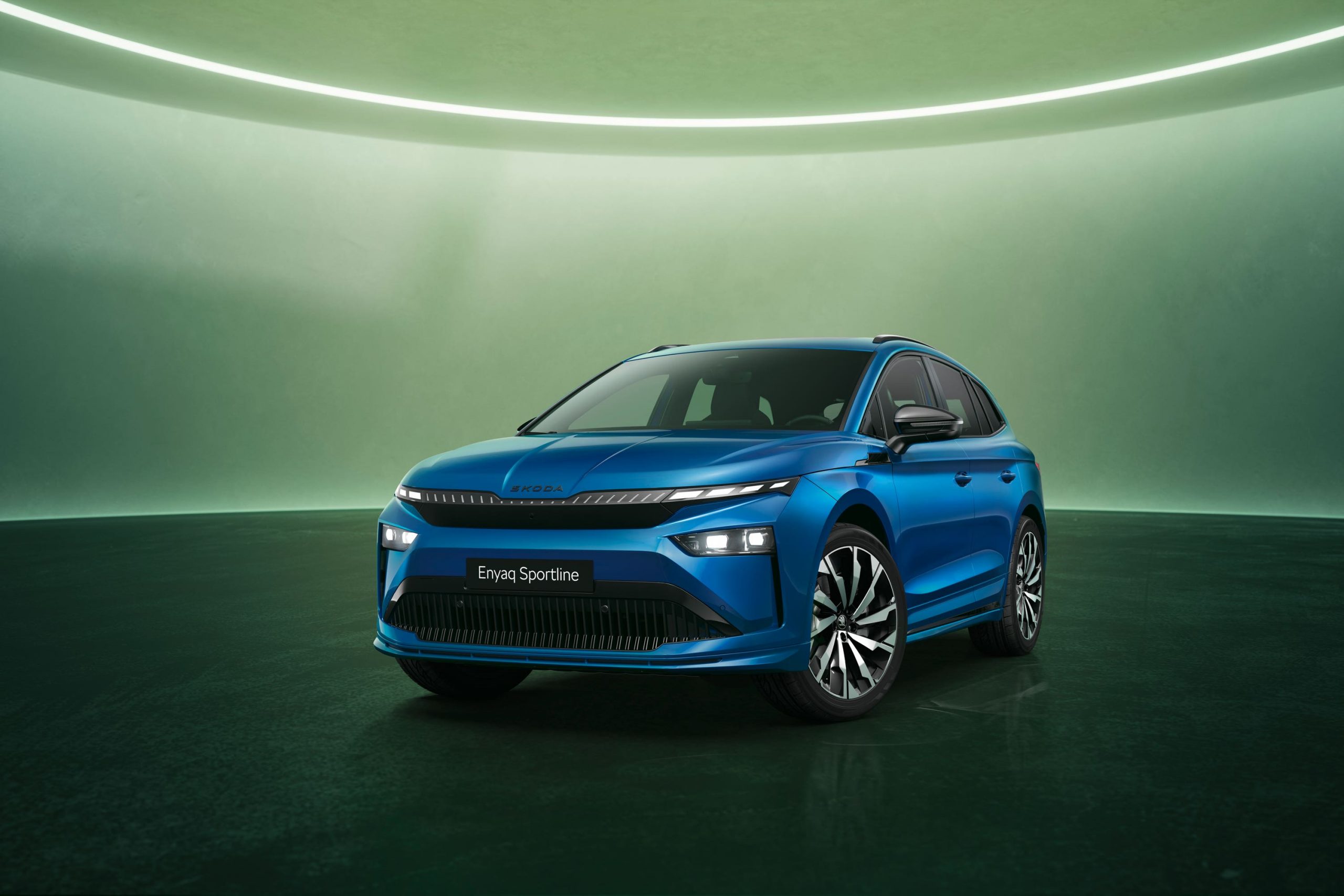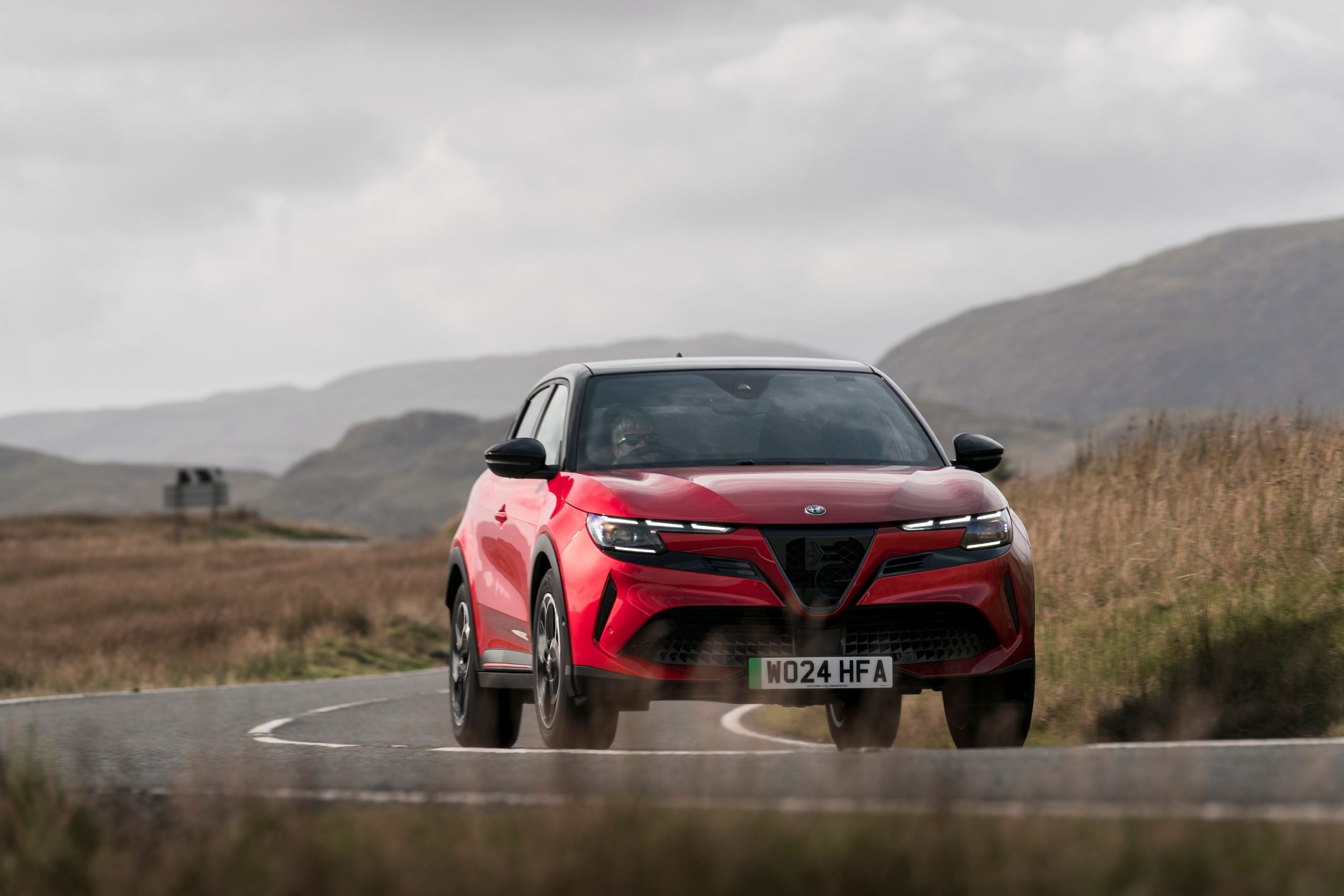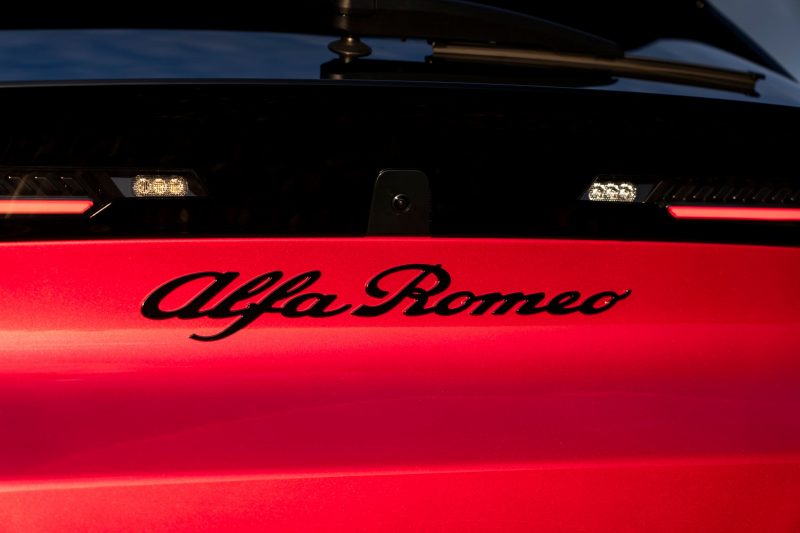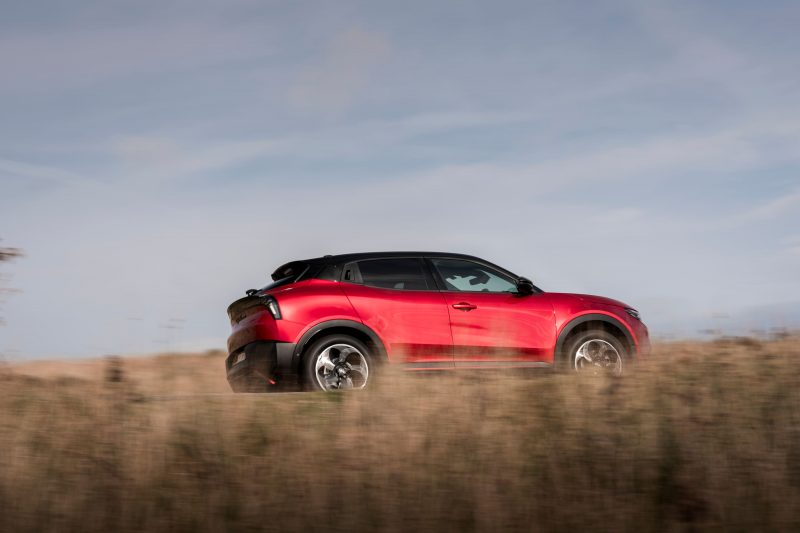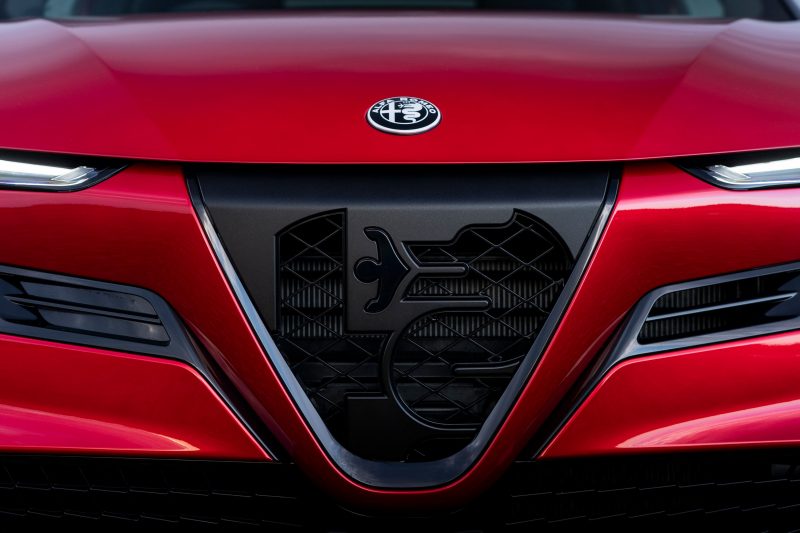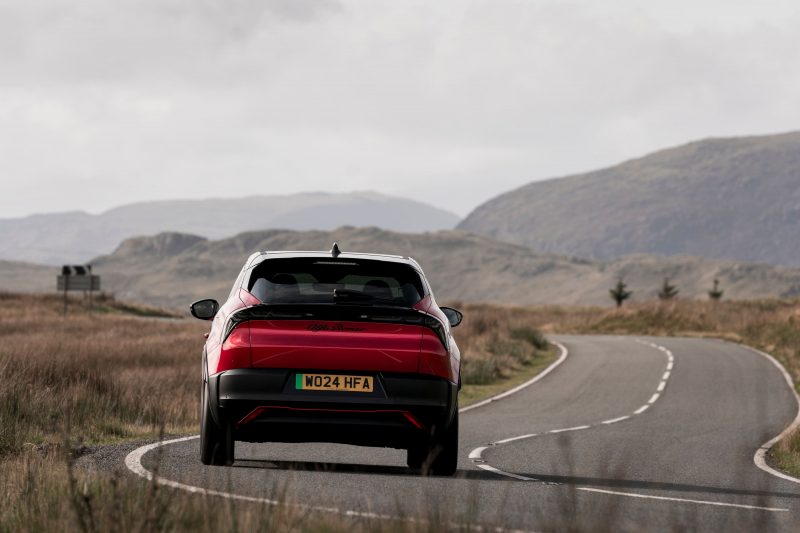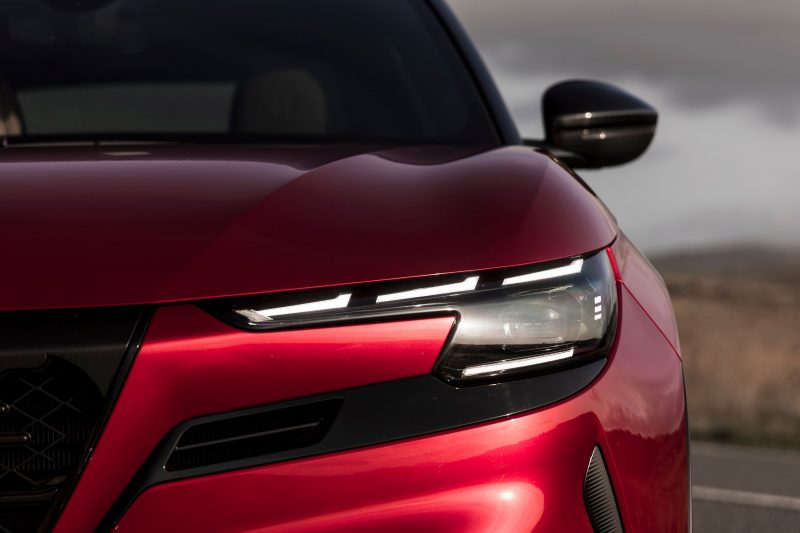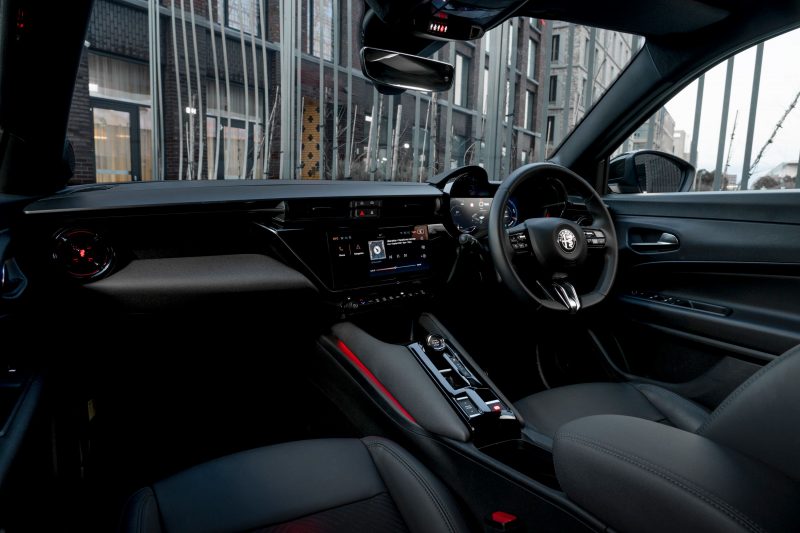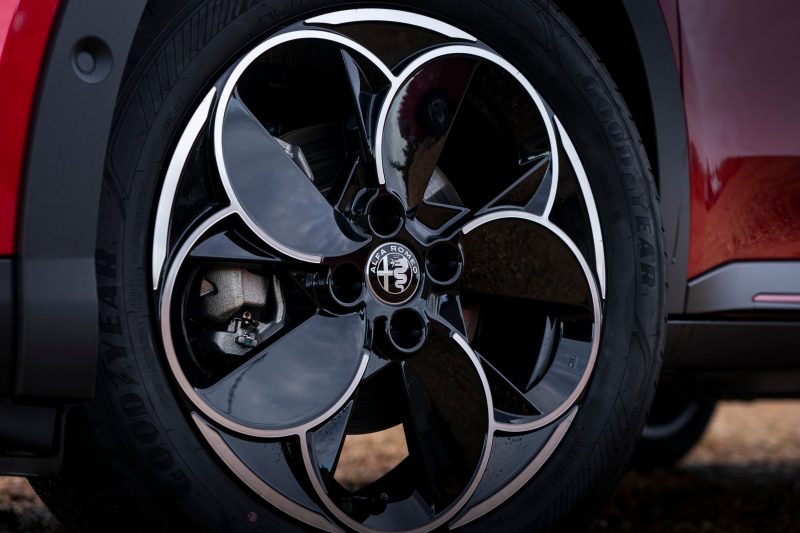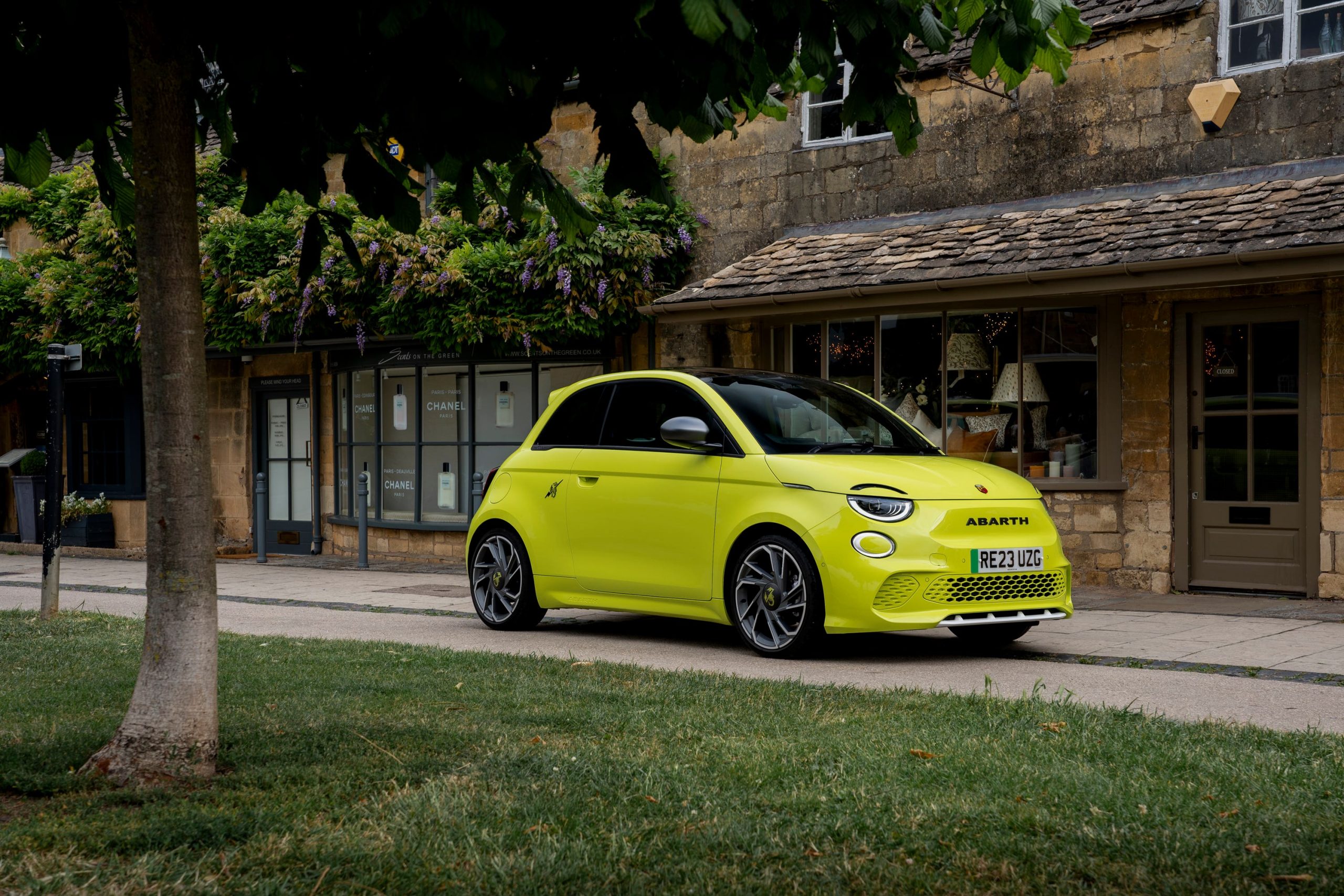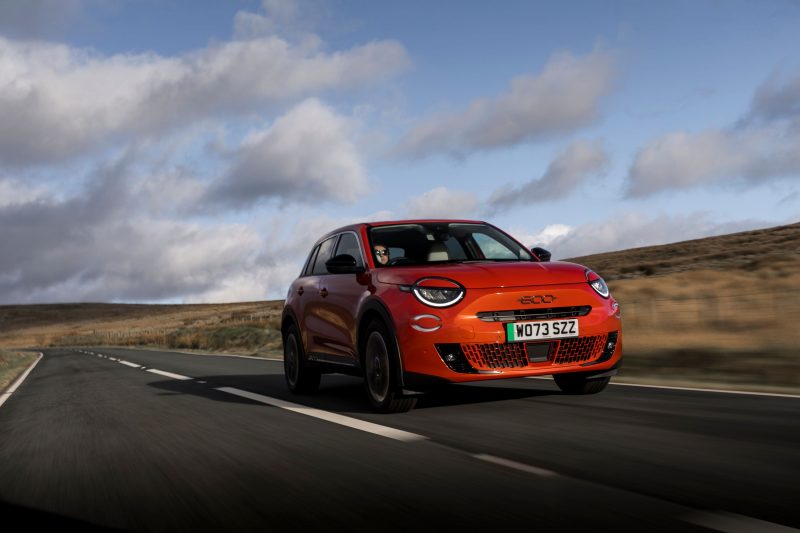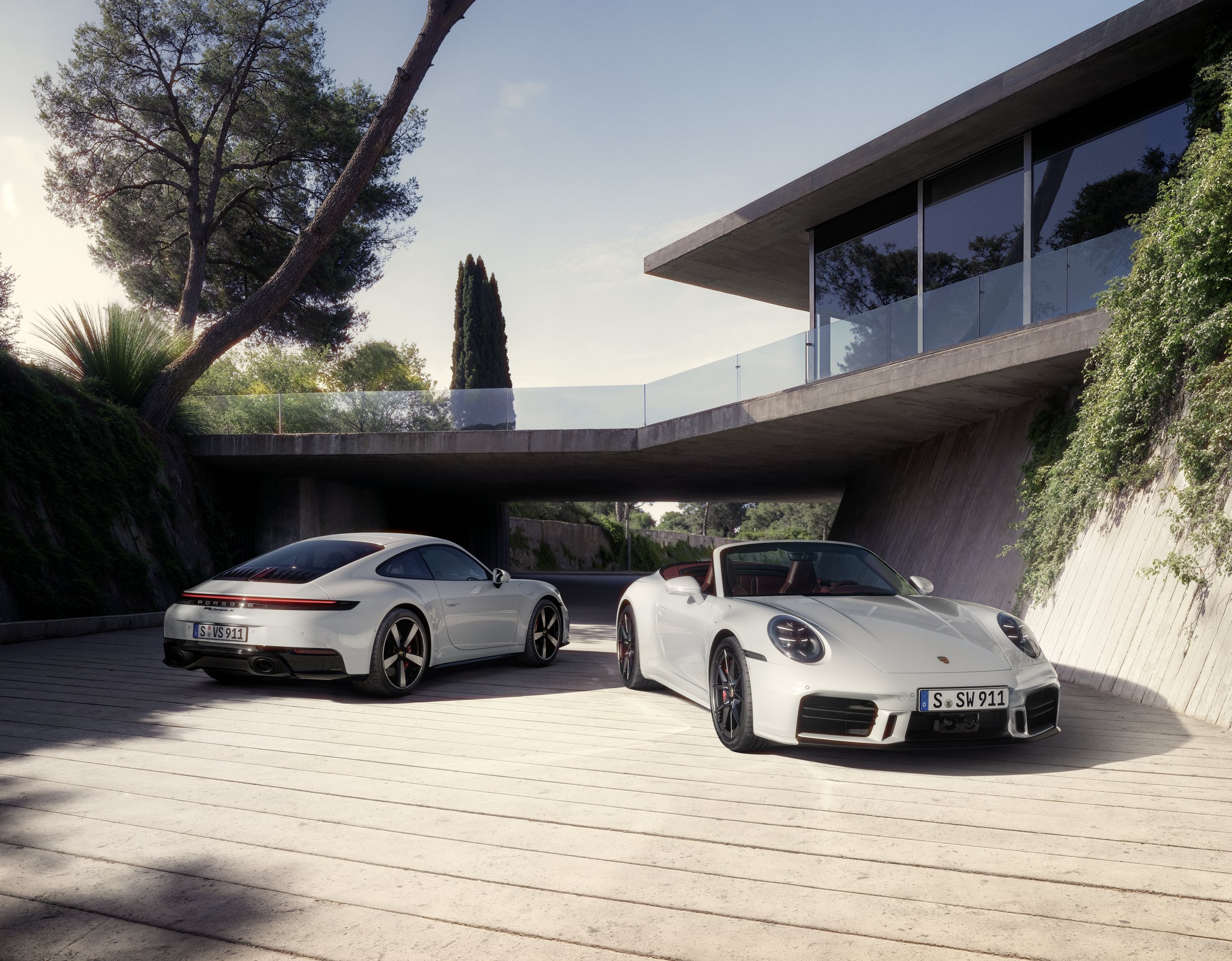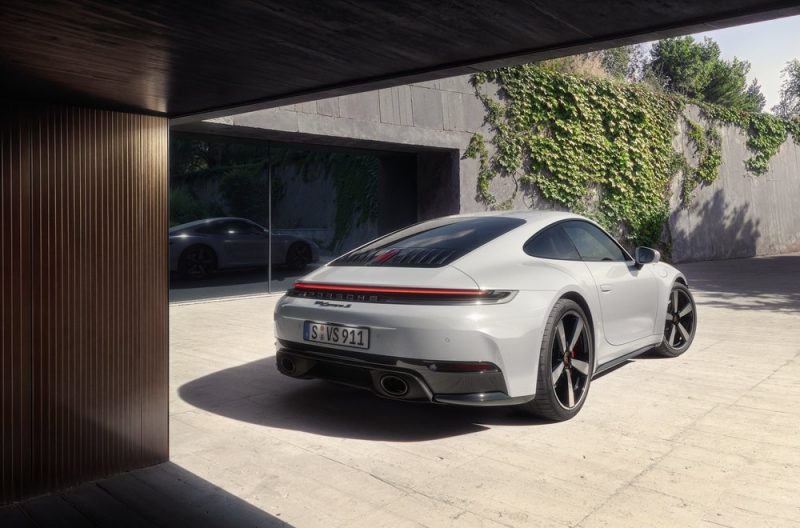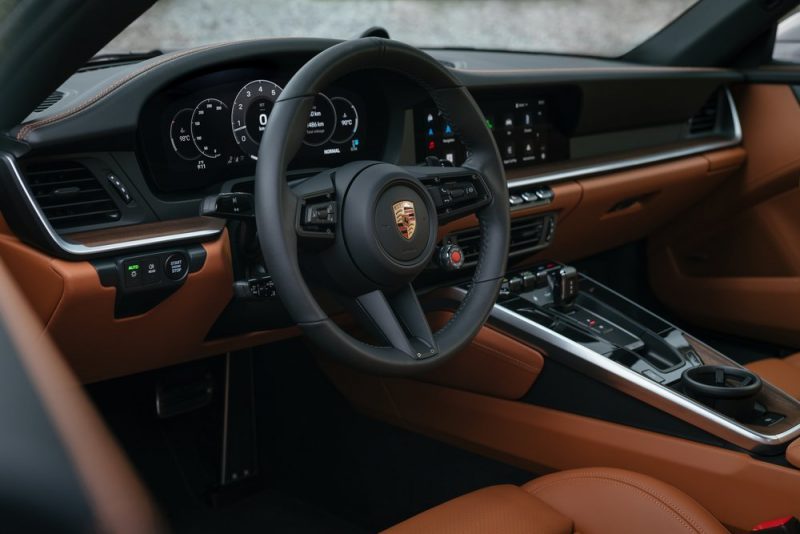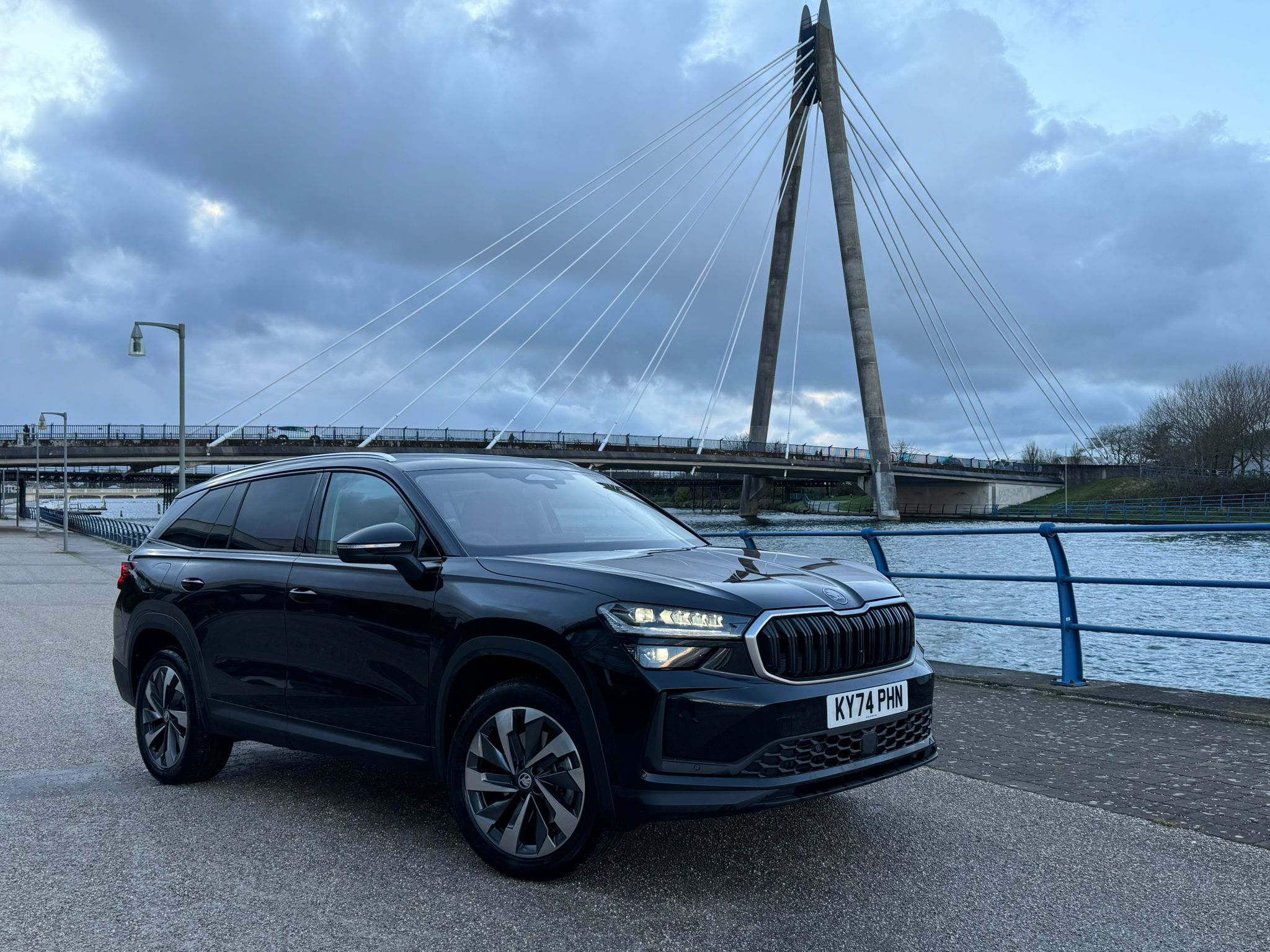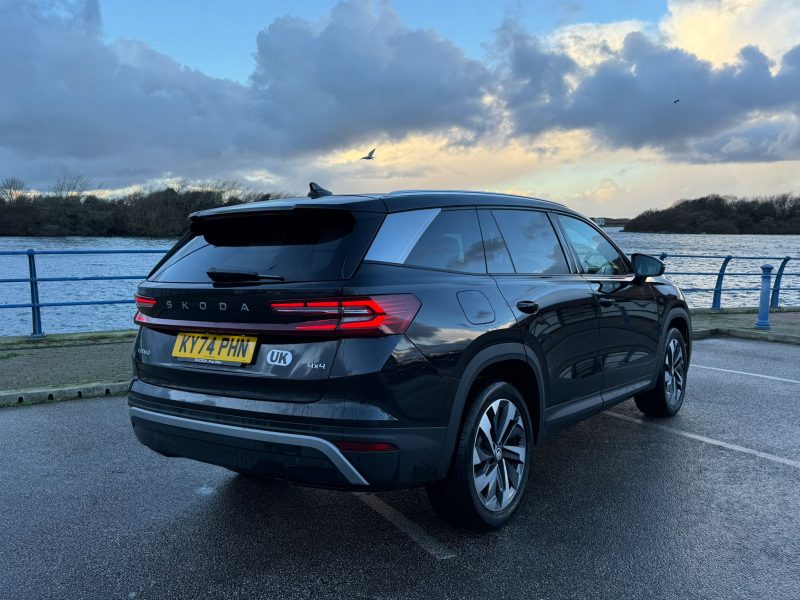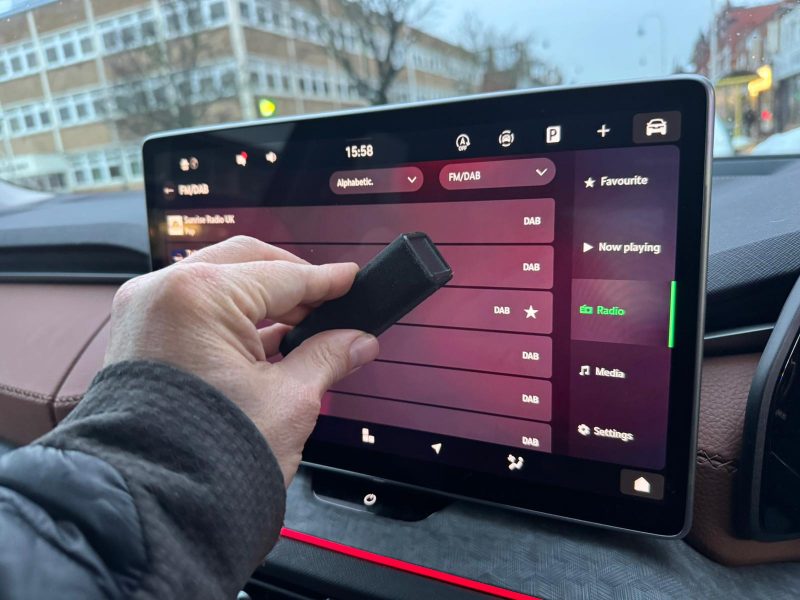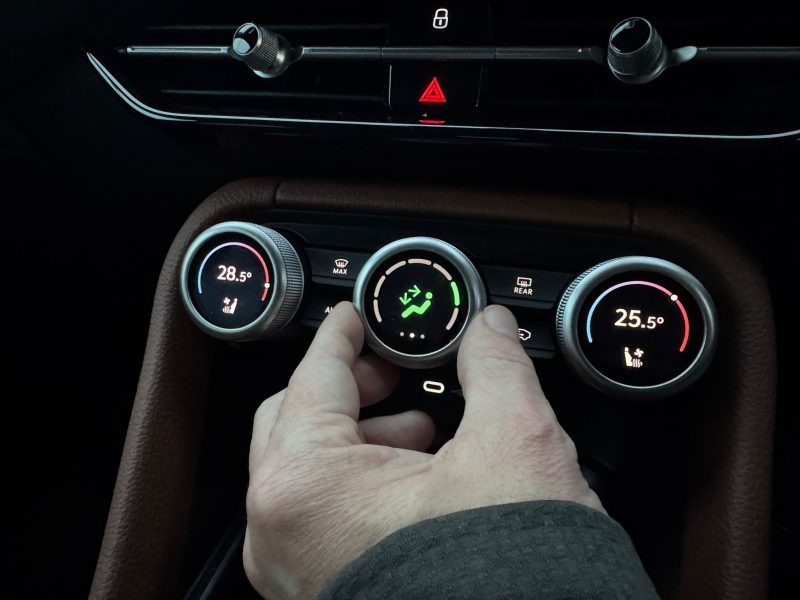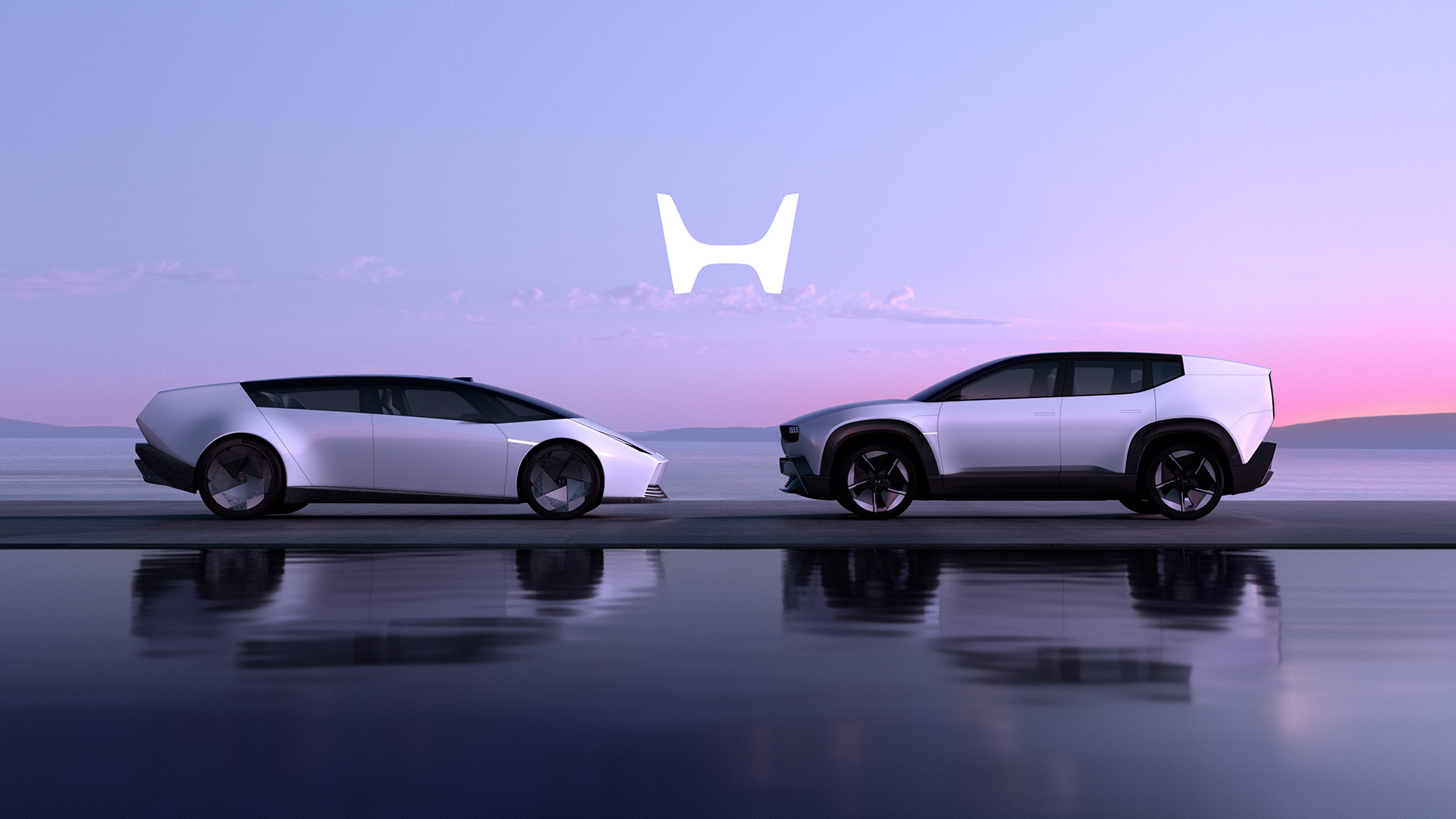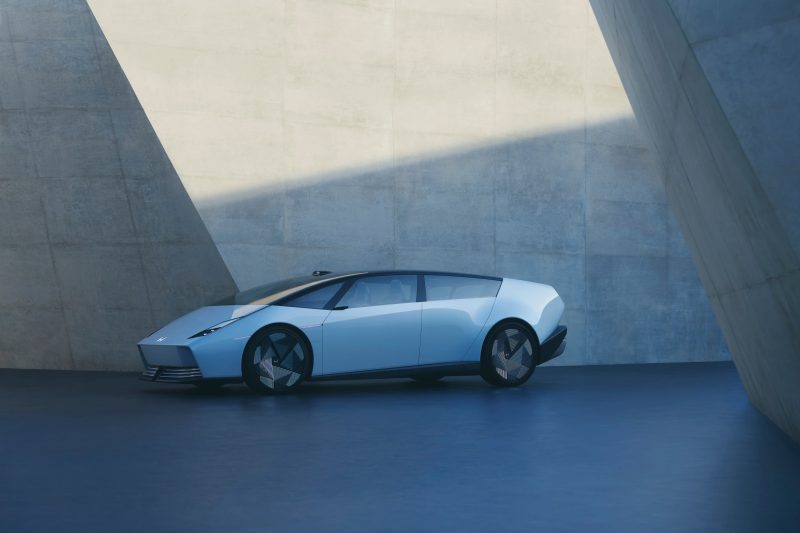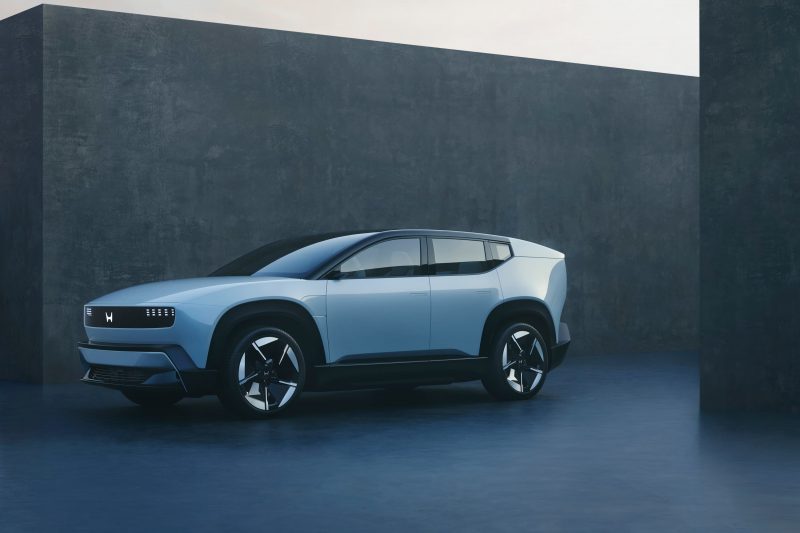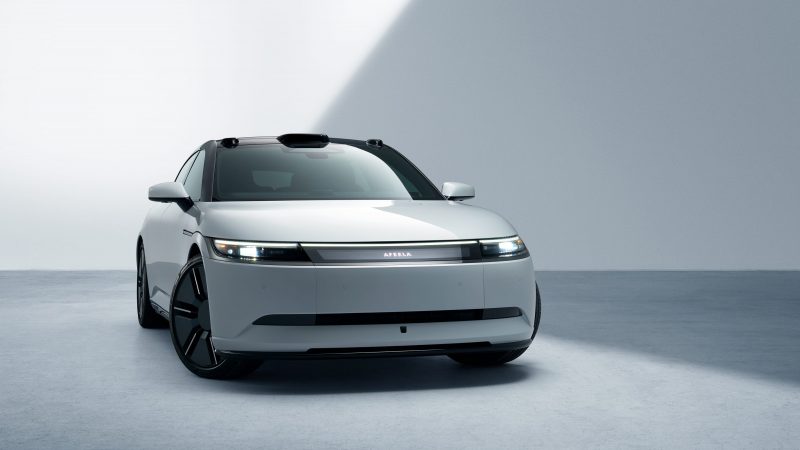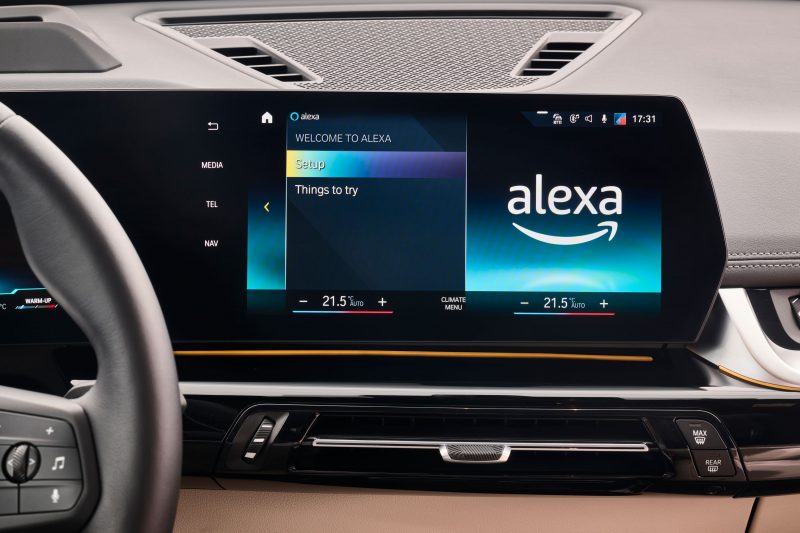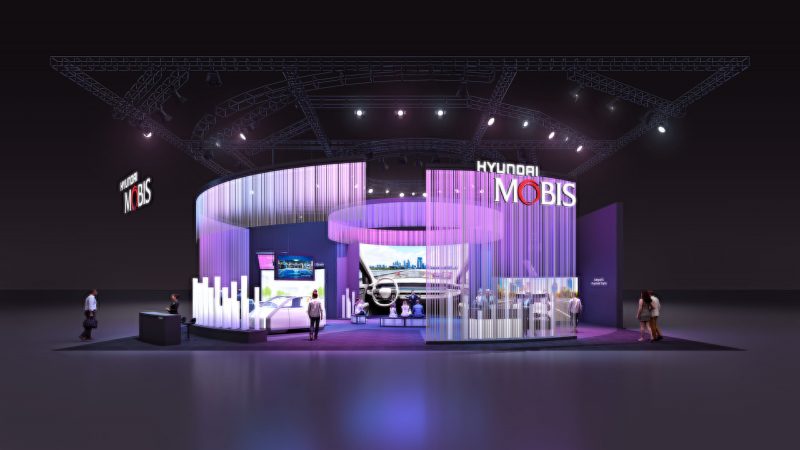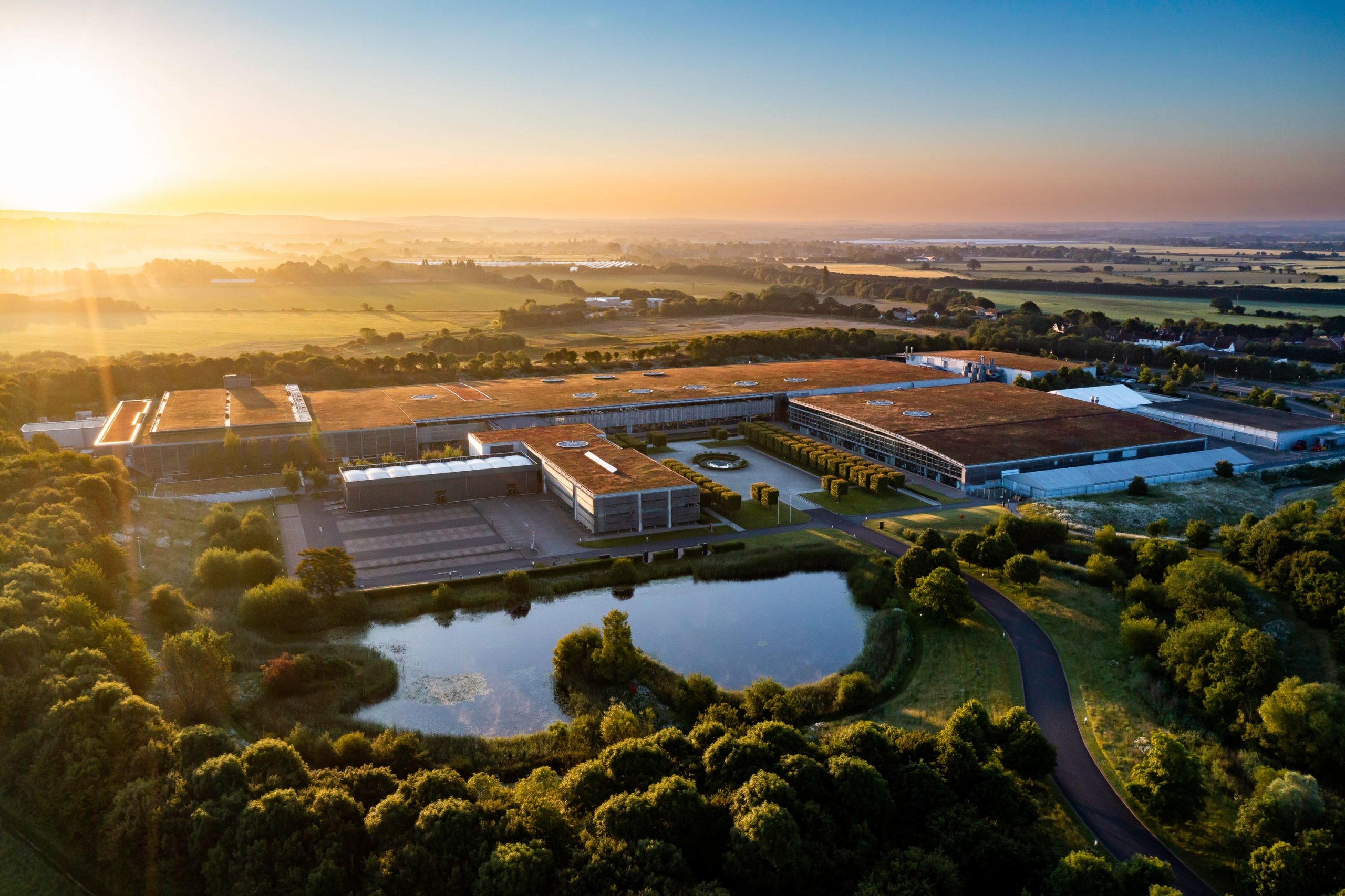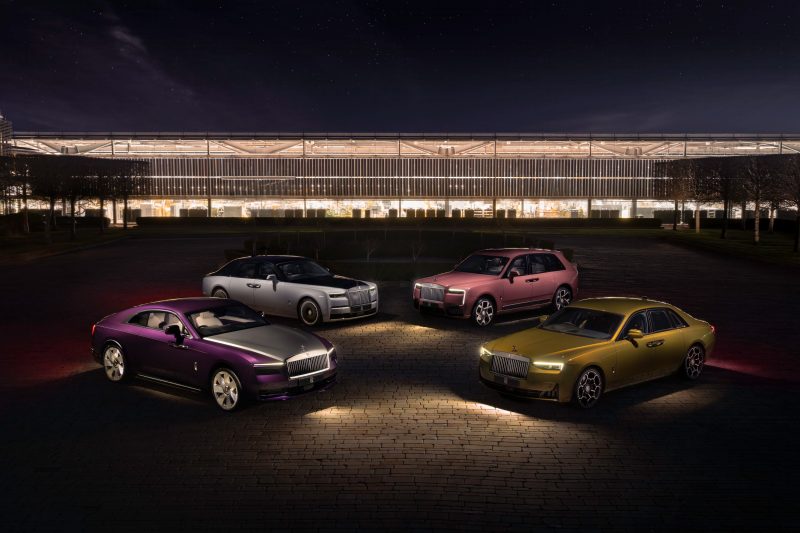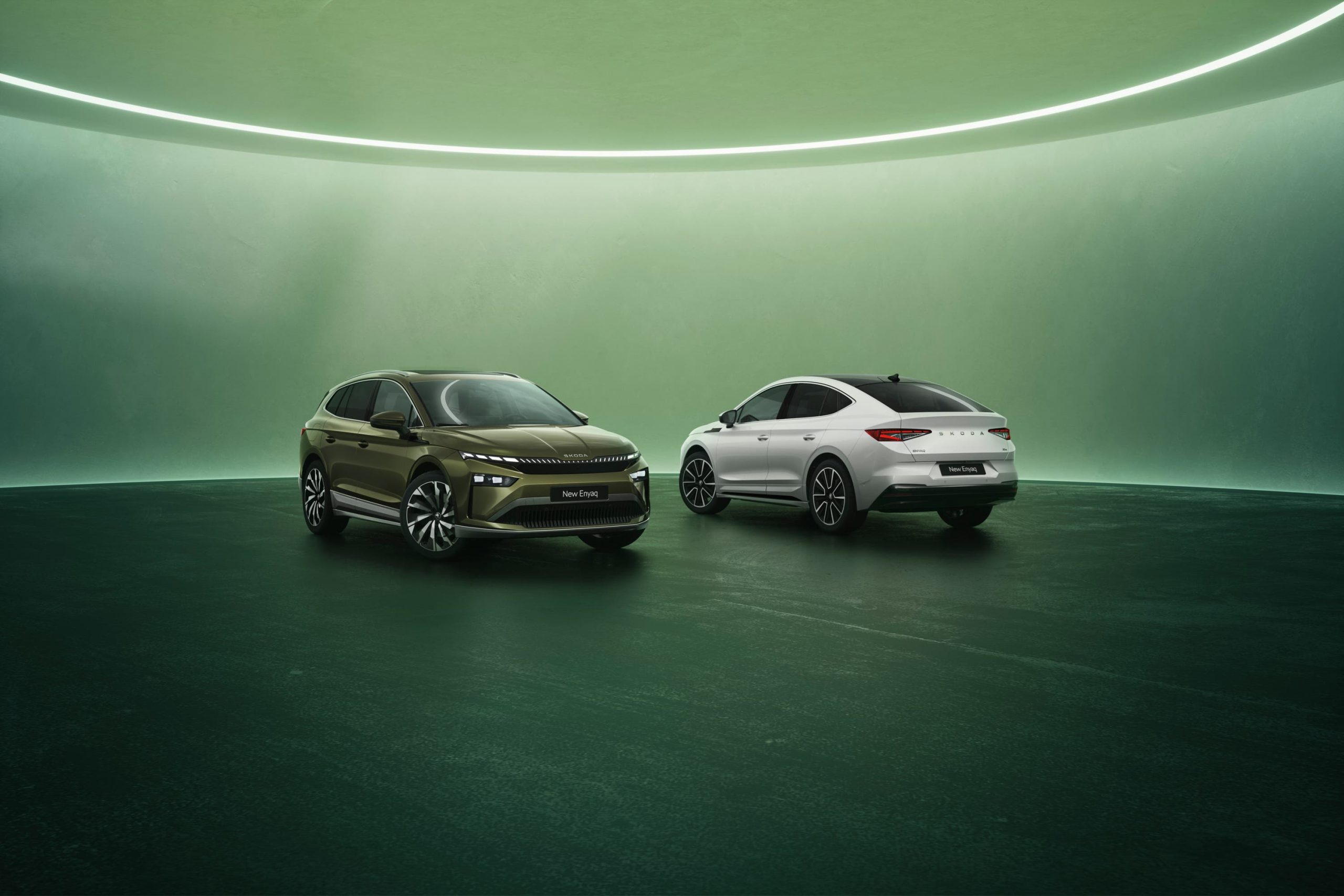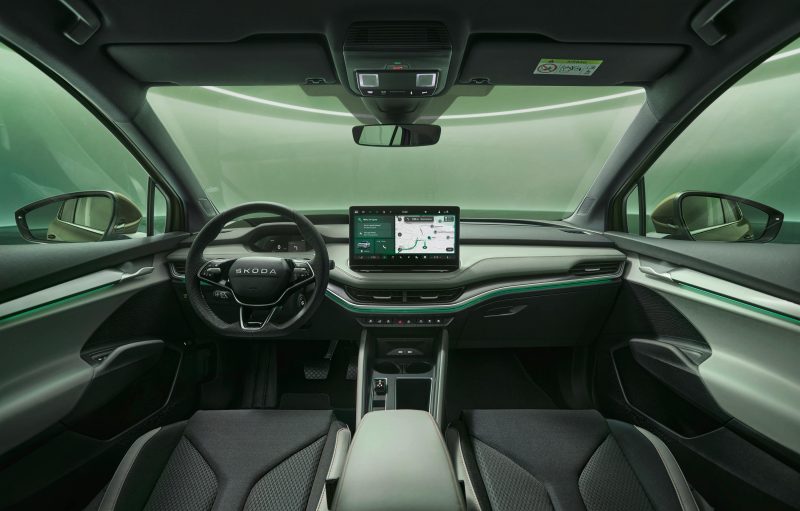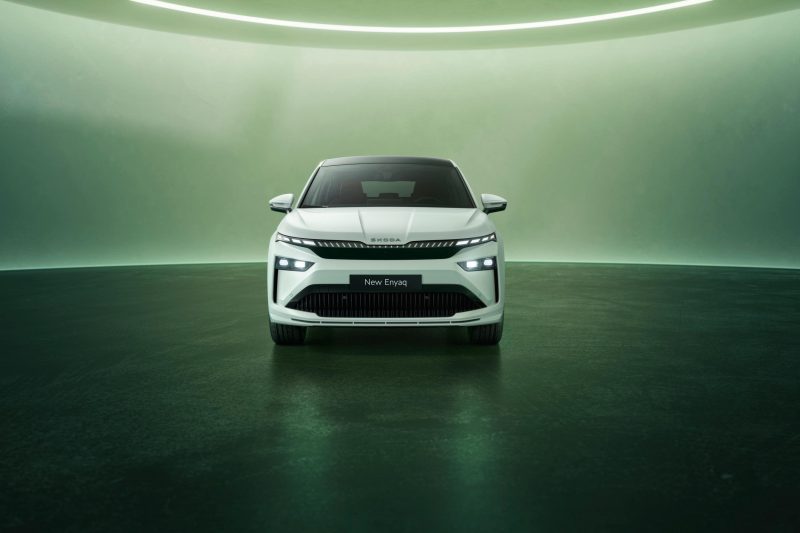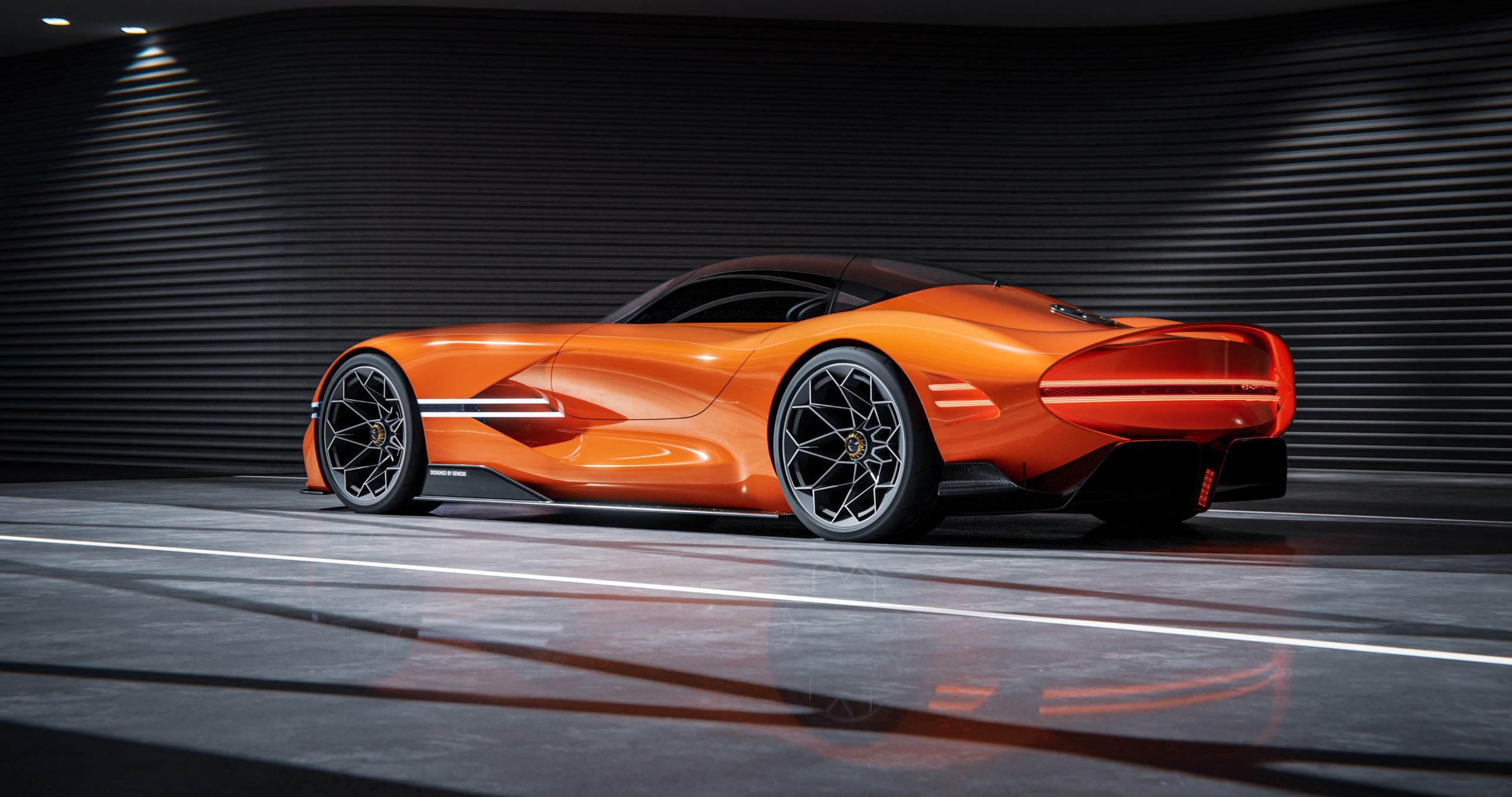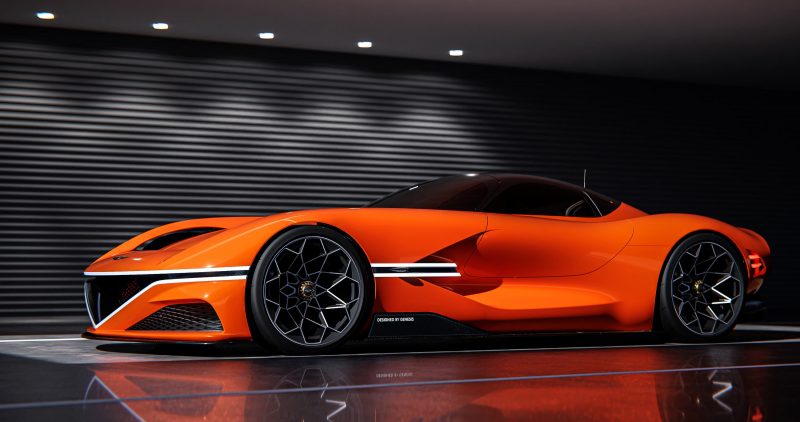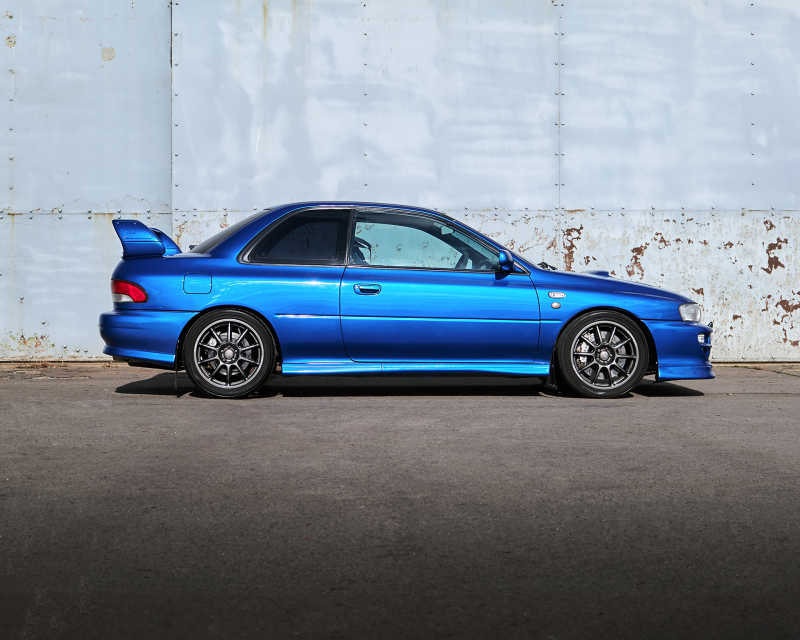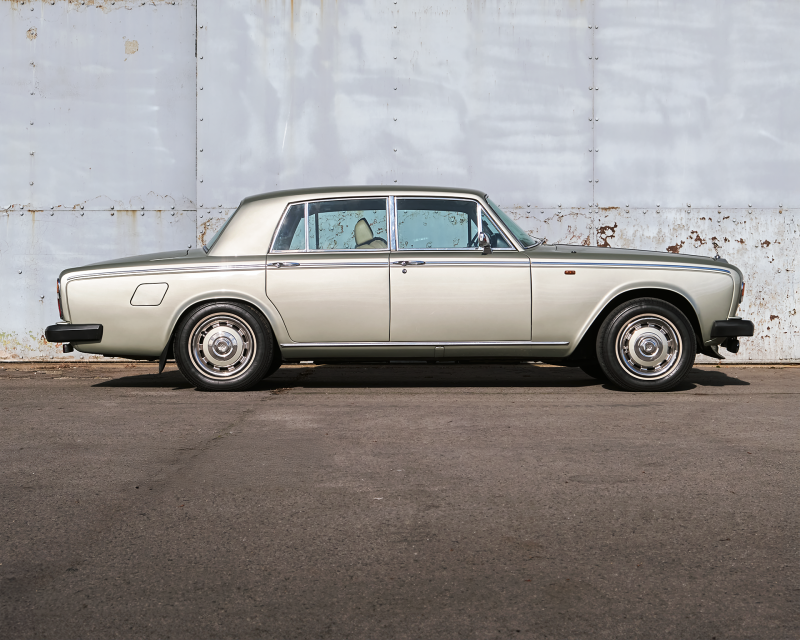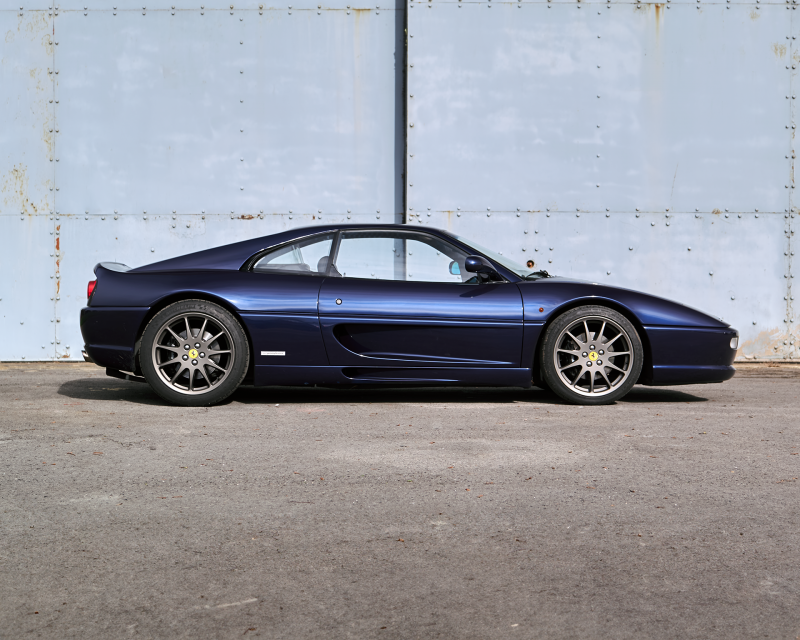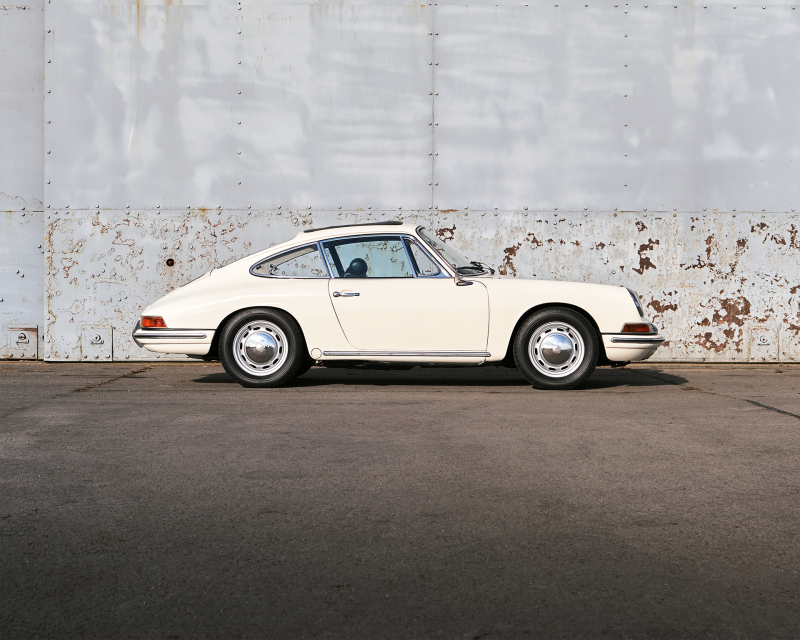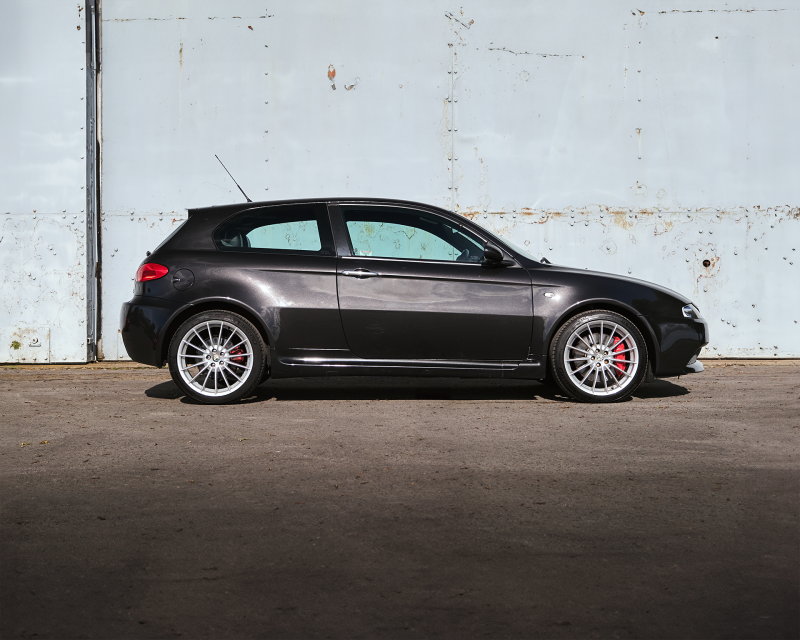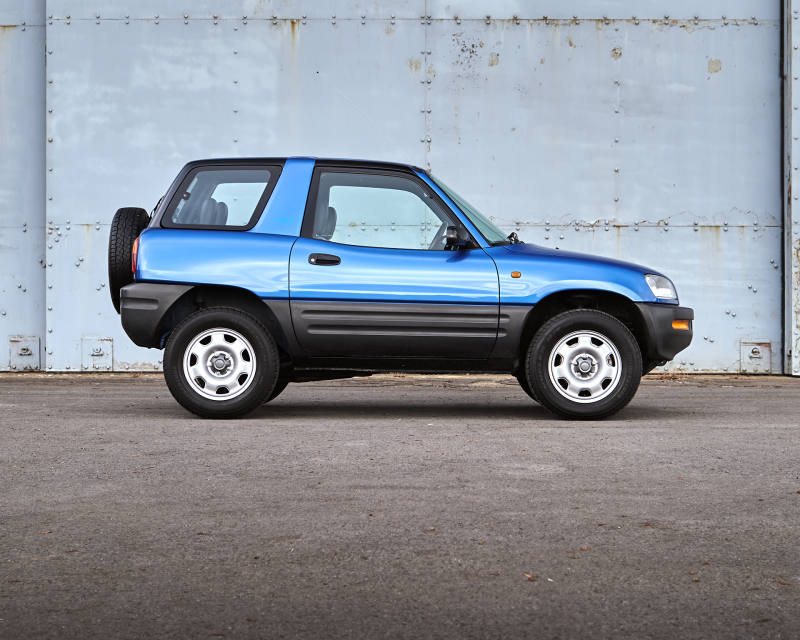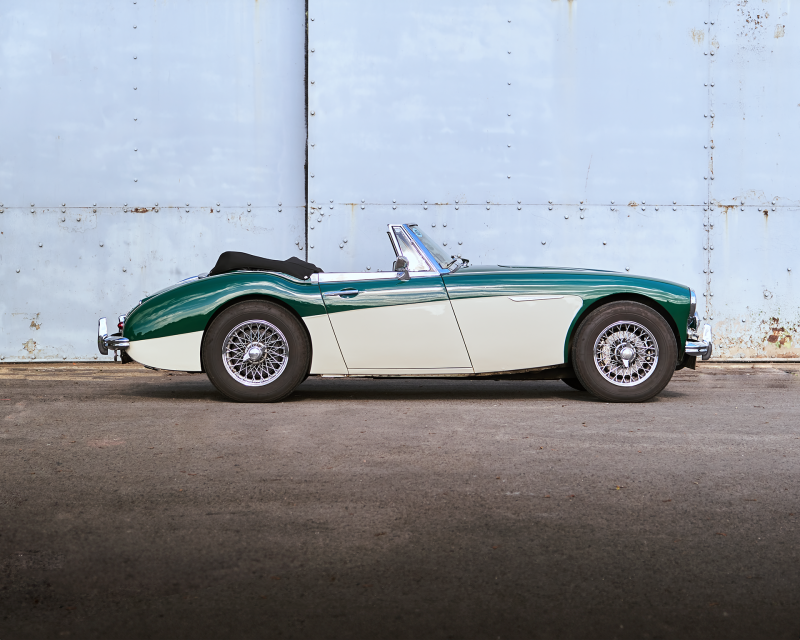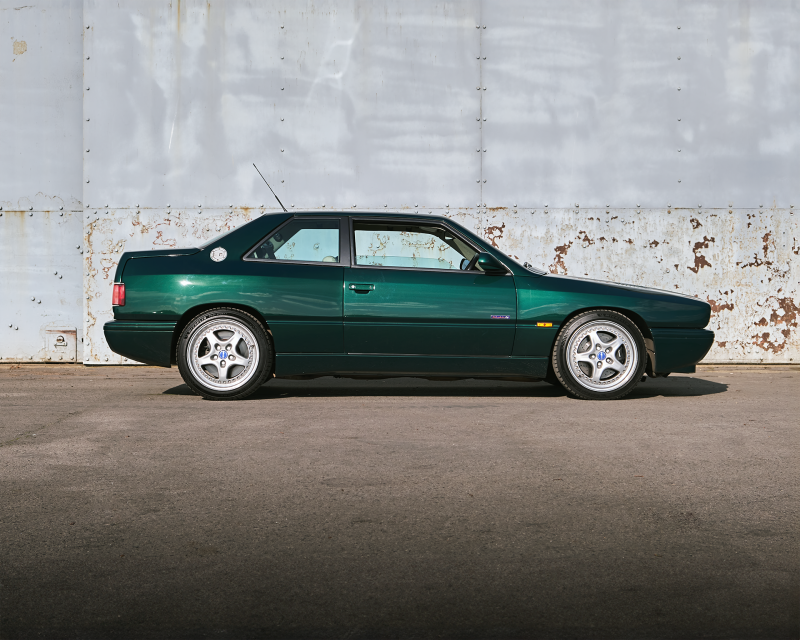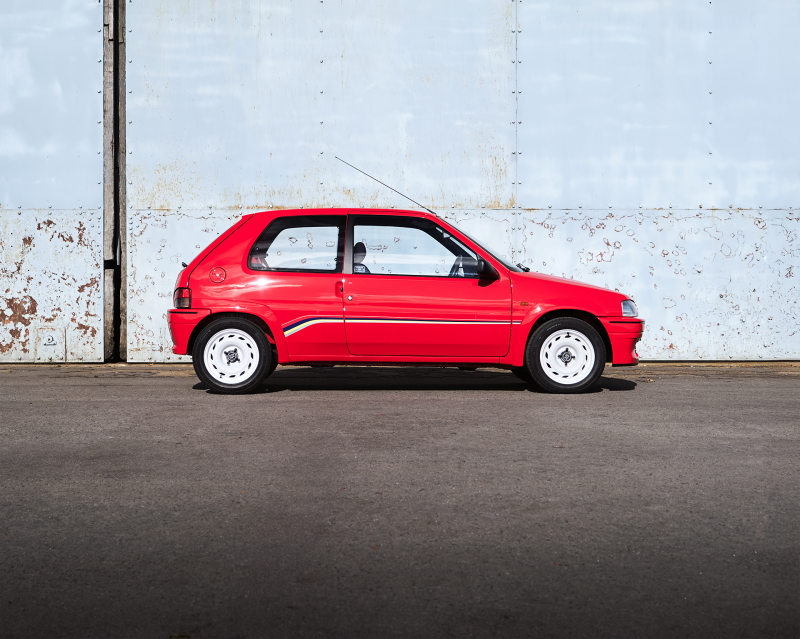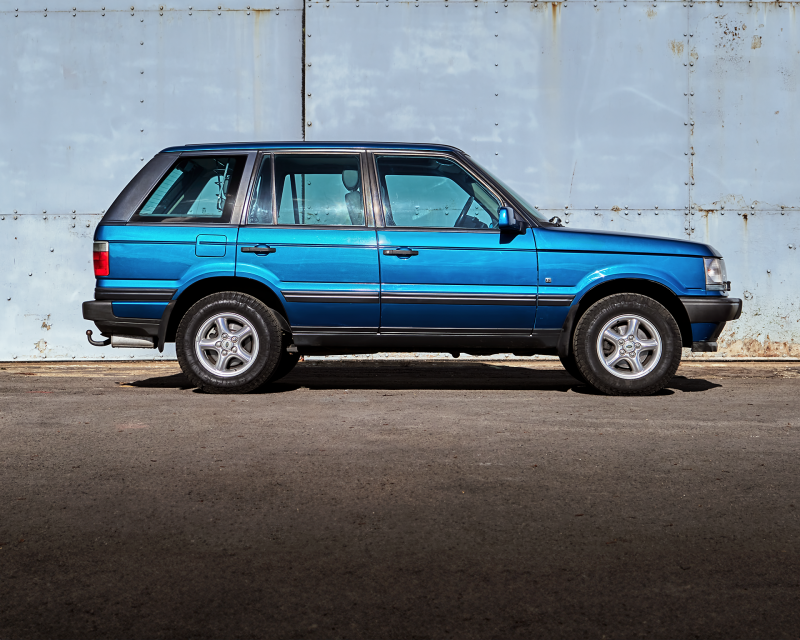The Czech firm’s largest EV has just been given a refresh, but what has the competition got to offer?
The Enyaq was one of Skoda’s first entries into the battery-electric market when it went on sale back in 2021.
Now for 2025, the car has been given a new makeover to improve its looks and onboard technology to make this electric SUV even more popular.
With two battery options and even more standard equipment, the Enyaq certainly is a tough act to follow.
Although the Enyaq is a very worthy car, there is a lot of competition in the medium electric SUV class, with manufacturers all fighting for the spotlight in this overcrowded market.
We’ve compiled a list of the Enyaq’s rivals to see what this updated electric SUV is going up against.
Peugeot E-3008

The latest Peugeot E-3008 features a rather striking design with lots of angular and bold creases making it really stand out on the road. Inside, the wild and wacky theme continues with the car utilising the firm’s famously small steering wheel, alongside touch-sensitive i-toggle switches and Peugeot’s i-cockpit dashboard.
To drive, the numb steering and heavy weight of the vehicle make it rather bland and cumbersome to drive. But, where the Peugeot shines is with its battery electric range. The standard 73kWh battery pack and electric motor give a claimed 327 miles of range. There is also a larger 97kWh unit that Peugeot says can do up to 435 miles between trips to plug which makes this SUV best-in-class for its driving range.
Tesla Model Y
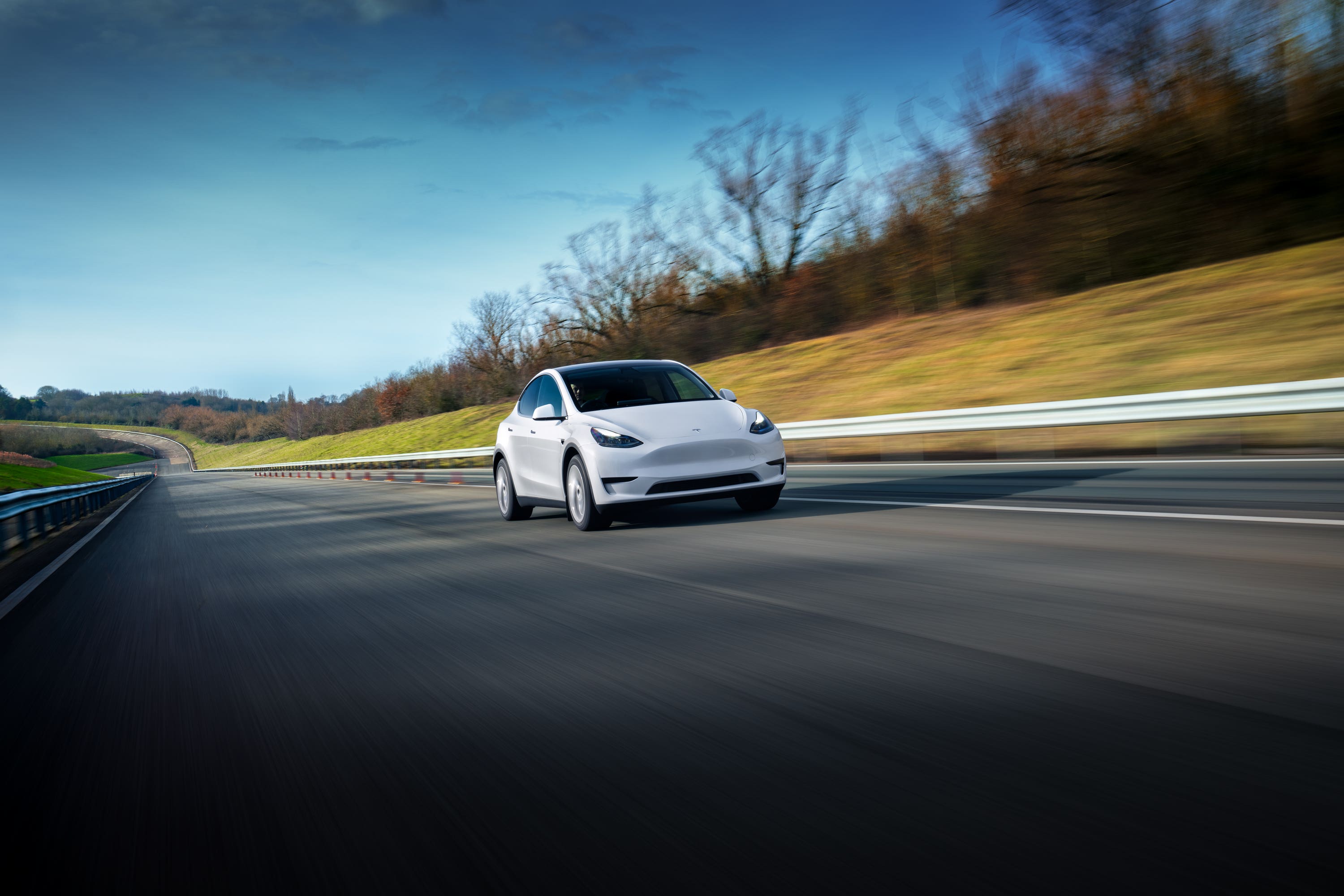
As Britain’s best-selling car in December, the Tesla Model Y has plenty of positives to make this a worthy contender to the Skoda.
For starters, Tesla’s excellent supercharging network means you have a great array of chargers to pick from, reducing dreaded range anxiety. The Model Y has a decent claimed range of up to 283 miles for the 60kWh battery pack or 331 miles for the larger 78kWh unit. Plus, it’s very practical with lots of interior space and a rather impressive 854-litre boot space with an additional 117-litre front boot, too. Its interior layout with no physical buttons won’t be to everyone’s taste and to drive, the car is rather anonymous, but there’s no getting away from the fact that this car is a rather worthy contender.
Kia EV6
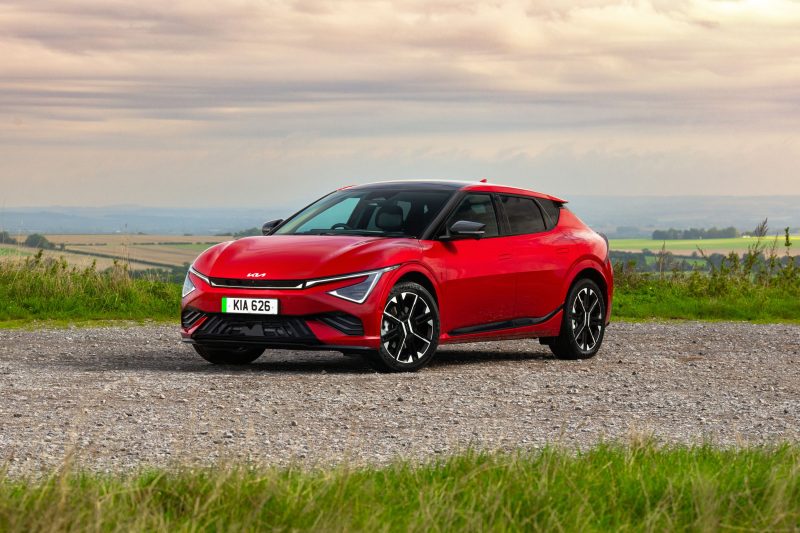
Kia’s EV6 is good to drive, comes with lots of standard equipment and looks great with its flush door handles and swooping body design.
Powering the car is an 84kWh battery pack with a single electric motor or a dual motor setup to make all-wheel-drive. This powertrain allows the car to do a claimed 361 miles for the former and 329 miles for the latter.
Inside, the interior is of high quality with lots of soft-touch materials and there is sufficient space for all occupants. The EV6 is also great out on the road with nicely weighted steering, brisk performance and a rather smooth ride, making this EV a great all-rounder. Not to mention the added peace of mind of Kia’s seven-year or 100,000-mile warranty.
Audi Q4 e-tron
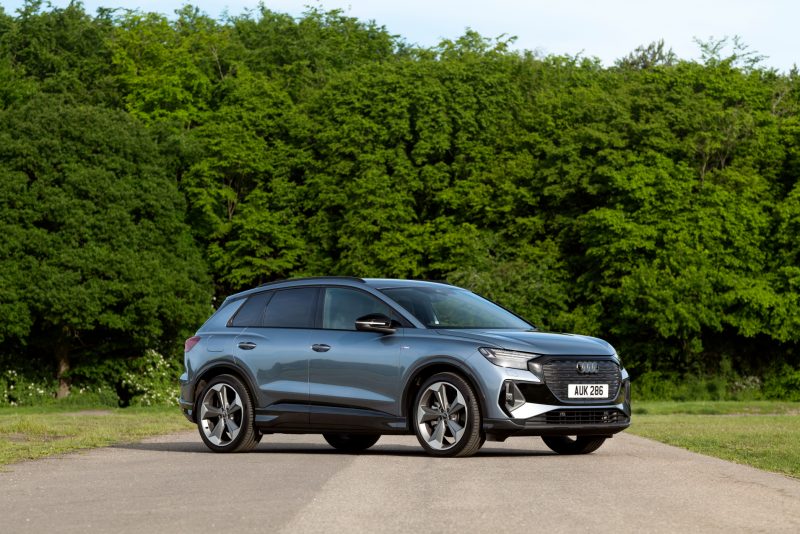
Based on the same platform as the Enyaq, Audi’s Q4 e-tron offers a sportier driving experience with a premium badge.
Audi has recently updated the Q4 e-tron with subtle exterior and interior enhancements to make this electric SUV better than it was before. The interior quality is excellent and there is good space on offer for items.
However, even though the Audi is more premium than the Skoda, it still isn’t as well thought out as its Czech Republic stablemate with annoying touch-sensitive buttons and its 77kWh battery pack with either rear-wheel-drive or all-wheel-drive can only do a maximum of 329 miles with the former model.
Nissan Ariya
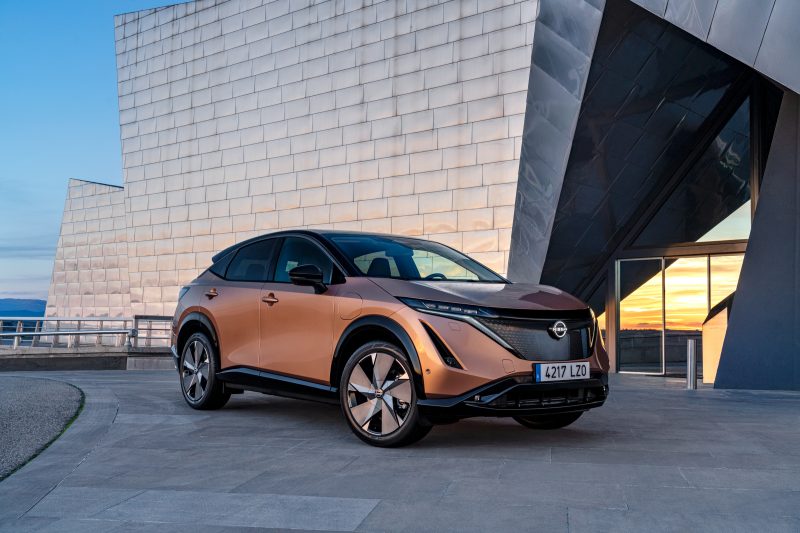
From Japan, we have the Nissan Ariya with a choice of either a 63kWh battery pack or a larger 87kWh unit.
The former can travel a claimed 250 miles, while the latter can do up to 329 miles. The Ariya also has a smart-looking interior design, comes with a heat pump as standard and features lots of interior space – making it very practical for a family.
Its boot capacity may not be the largest and its slower charging speeds of 130kW may not be as good as the Skoda’s 175kW, but the Ariya is still an electric SUV that is worth taking note of.
Cupra Tavascan
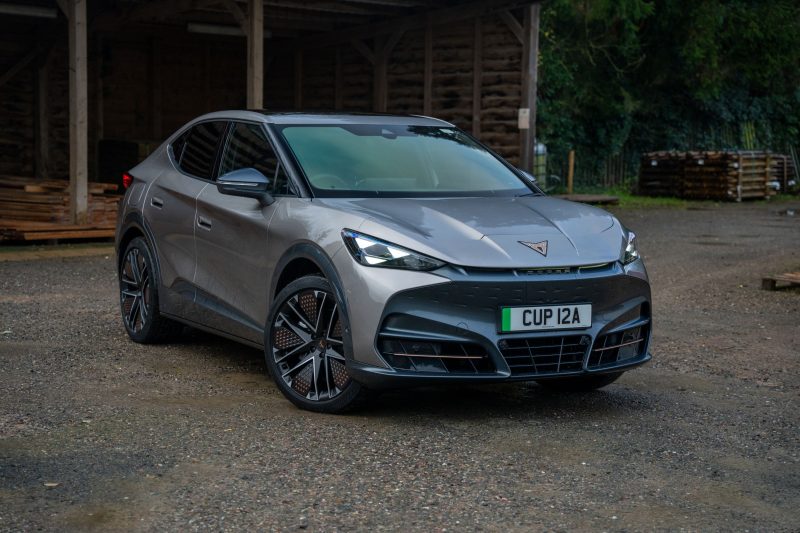
Just launched and also sitting on the same MEB platform as the Skoda is Cupra’s sportier alternative – the Tavascan.
The Tavascan has an upmarket interior layout, and a coupe-esque design that offers lots of space for passengers. It still suffers the same issues as with the Audi Q4 e-tron with fiddly touch-sensitive controls and the ride is a bit firm due to the larger alloy wheels.
But there are also several powertrain options to choose from, as well as a 77kWh battery pack which unlocks a range of up to 353 miles. The Tavascan is the sportier alternative in this list that looks good and should be a popular choice for those wanting an electric SUV with a more dynamic nature.
By Cameron Richards

